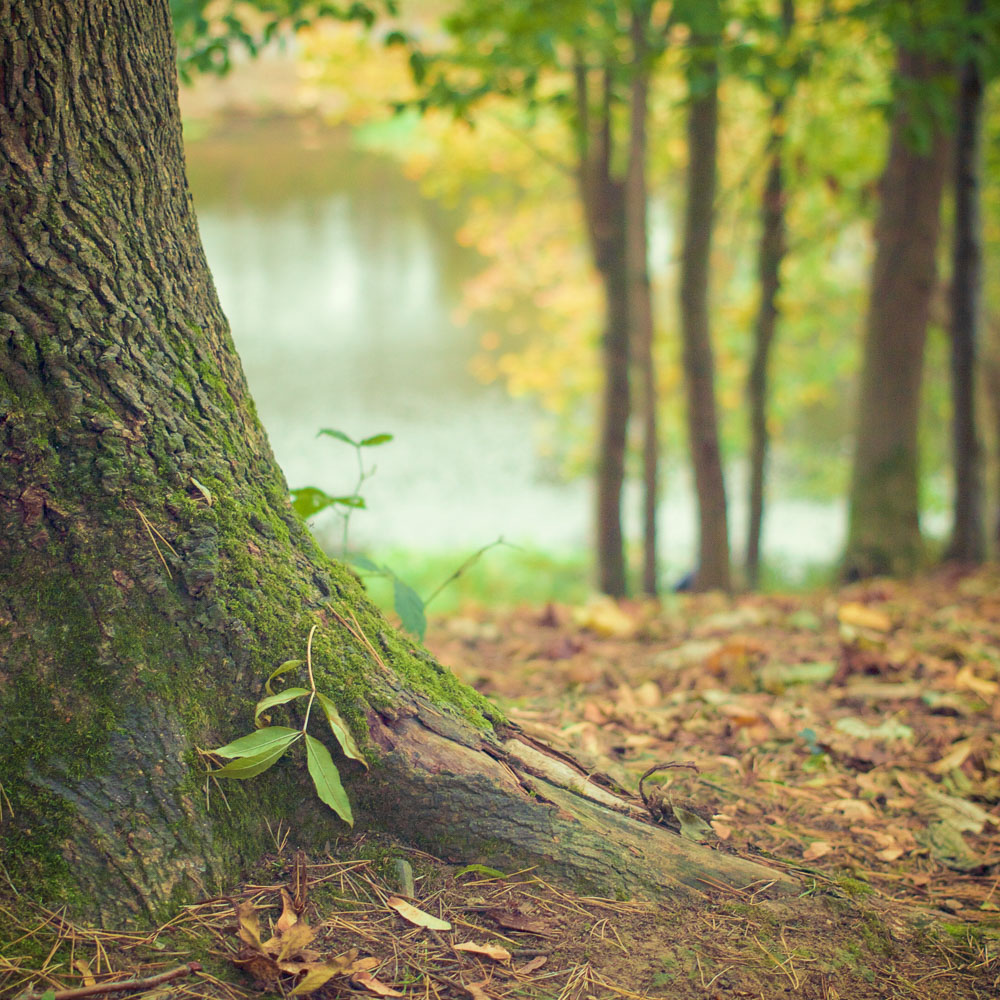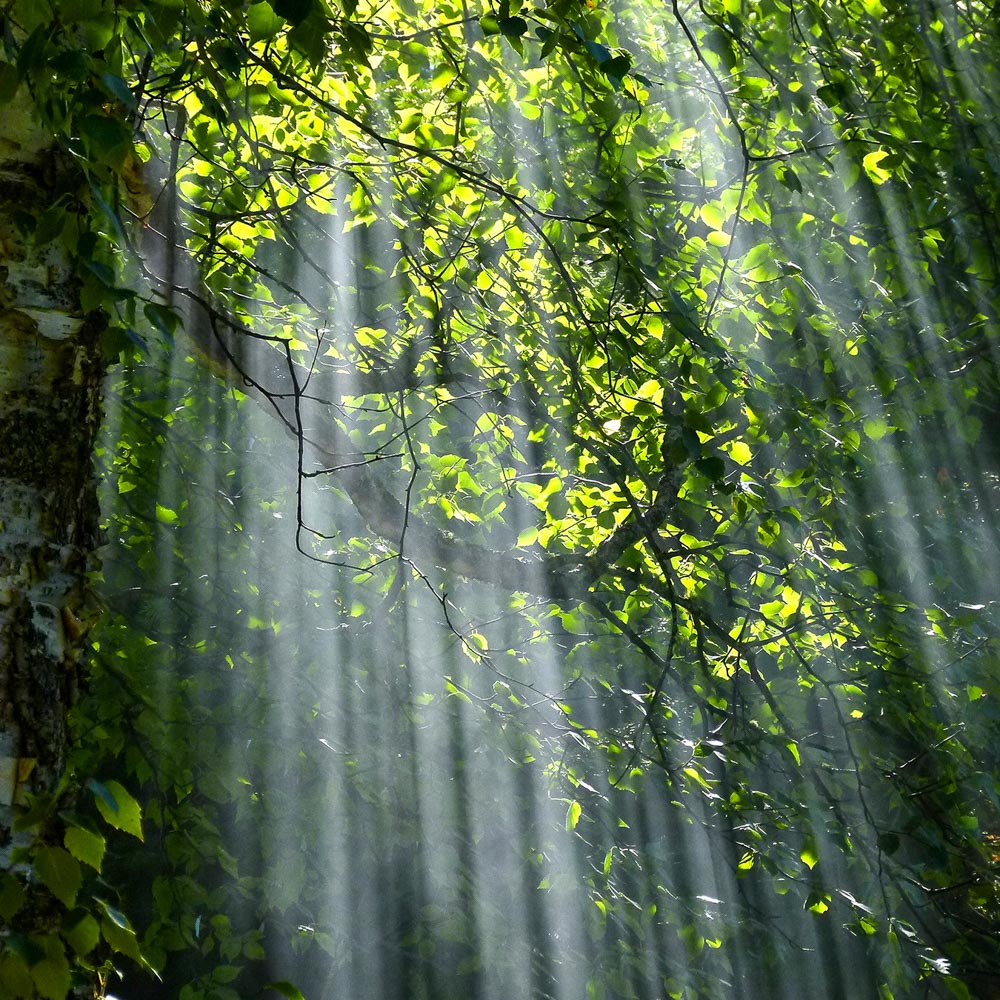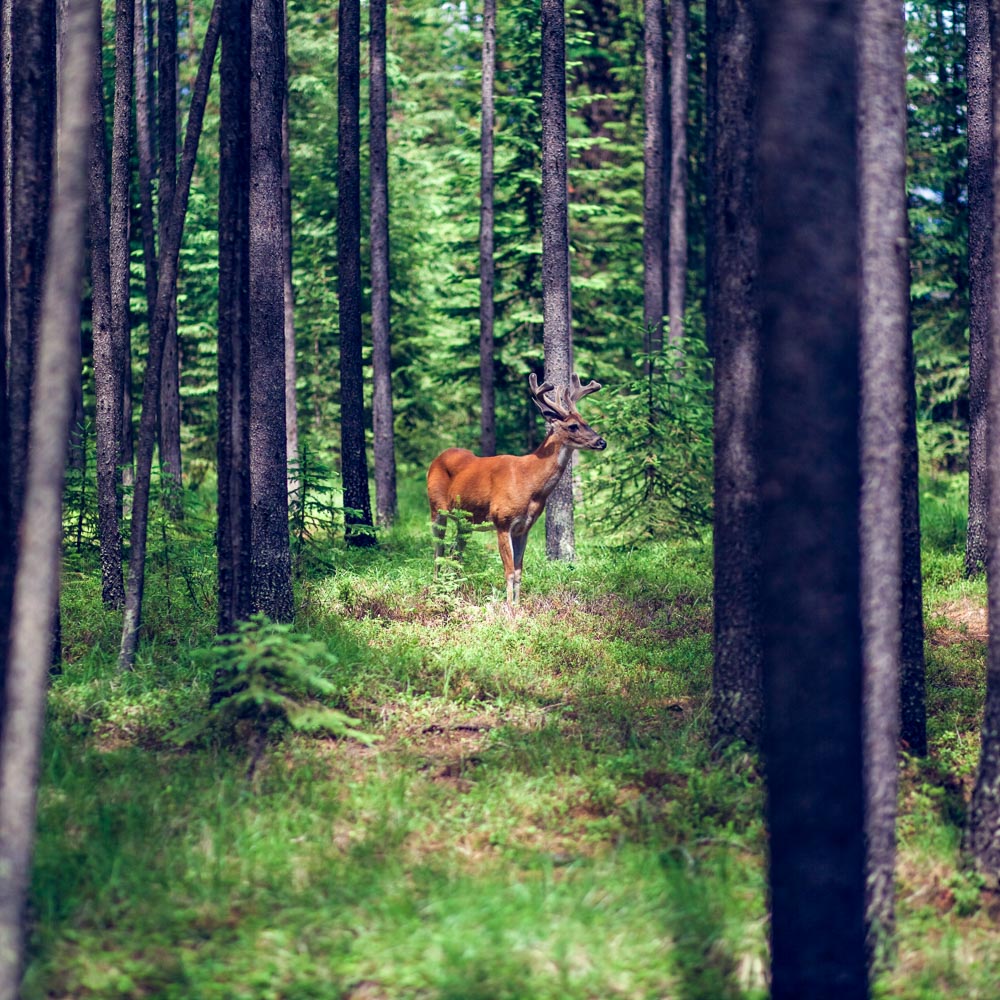Sustainability
American Timber: The Gold Standard
The American Timber industry serves as a model of sustainability for the world. The Timber & Forestry Foundation is proud to represent and promote the sustainability of American timber.
TFF works to protect American forests and the lives – plant, animal, and human alike – affected by and reliant on this powerful natural resource. TFF provides informational and educational resources to its members and promotes companies and industries that share TFF’s goal of responsible and sustainable forestry protection and management.
We believe that to specify American timber in any project is to specify the gold standard in sustainable building materials.

We are growing, through natural regeneration,
more than twice the volume that we harvest,
and we have twice the volume that we did 50 years ago.
A Carbon Negative Product
As trees grow and mature, they absorb carbon as part of the photosynthesis process. Once a tree reaches its peak life, or peak maturity, the amount of carbon it will absorb in its lifetime diminishes significantly. When forests and timber farms are managed responsibly and successfully, only mature trees are harvested, opening the canopy so that light will get to the forest floor and new trees will take their place and begin anew the carbon absorption process.
As harvested trees are rendered into boards, kiln dried and eventually made into flooring, cabinetry, and furniture, the absorbed carbon is captured forever (unless the manufactured piece burns). In other words, when balanced against the carbon costs of harvesting, milling, drying, and transporting around the globe, U.S. timber products arrive at their destination as a carbon negative product. Even when all production carbon costs are applied, the timber still has plenty of stored carbon in it.

Sustainable Forest Management
The U.S. timber industry is sustainable and renewable, encouraging thriving forests and forest growth. Approximately 80% of U.S. hardwood forest land is controlled by millions of private landowners; from this private land, about 92% of all U.S. hardwood production is generated. Through the practice of sustainable forest management, in the last 50 years hardwood forest acreage in the United States has increased by 18%.
The overall volume of American hardwoods has more than doubled in the past 50 years. What does this forest growth mean for the health of our planet? Over the course of a year, 100 trees can remove 53 tons of the greenhouse gas carbon dioxide. Those same trees can also pull 430 pounds of other pollutants out of the air. This is in addition to the increased biodiversity of flora and fauna that comes with expanding, thriving forest habitat. So yes, removing a tree is good for the planet — when that tree is an American hardwood. This precious natural resource adds beauty to the world in finished products and represents the ultimate in sustainability.

